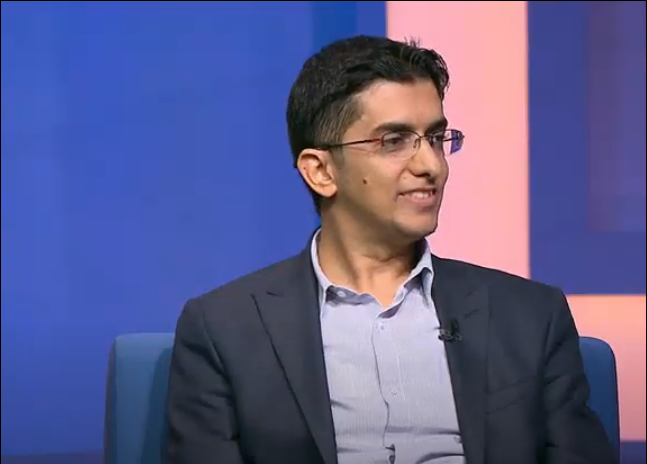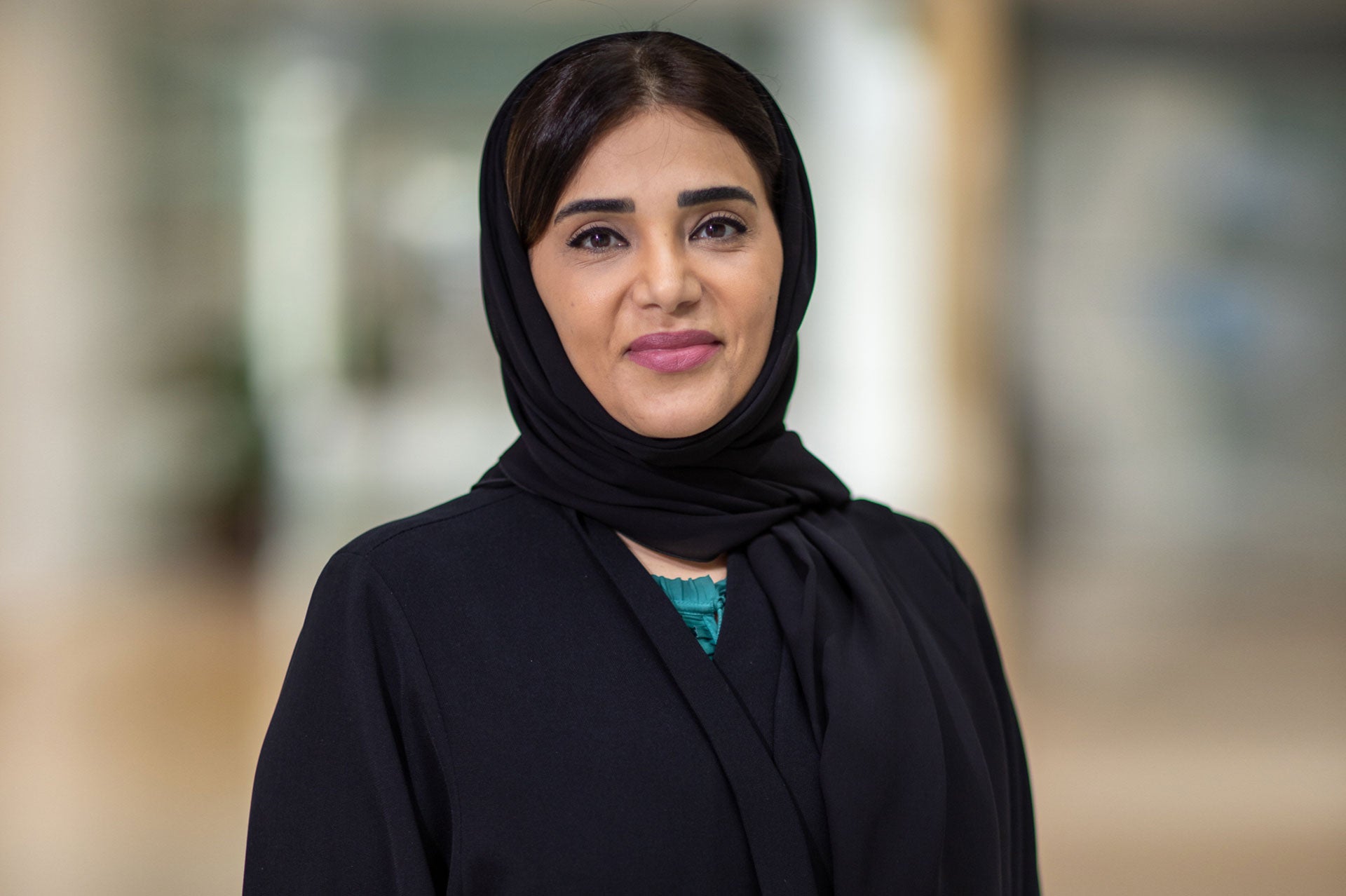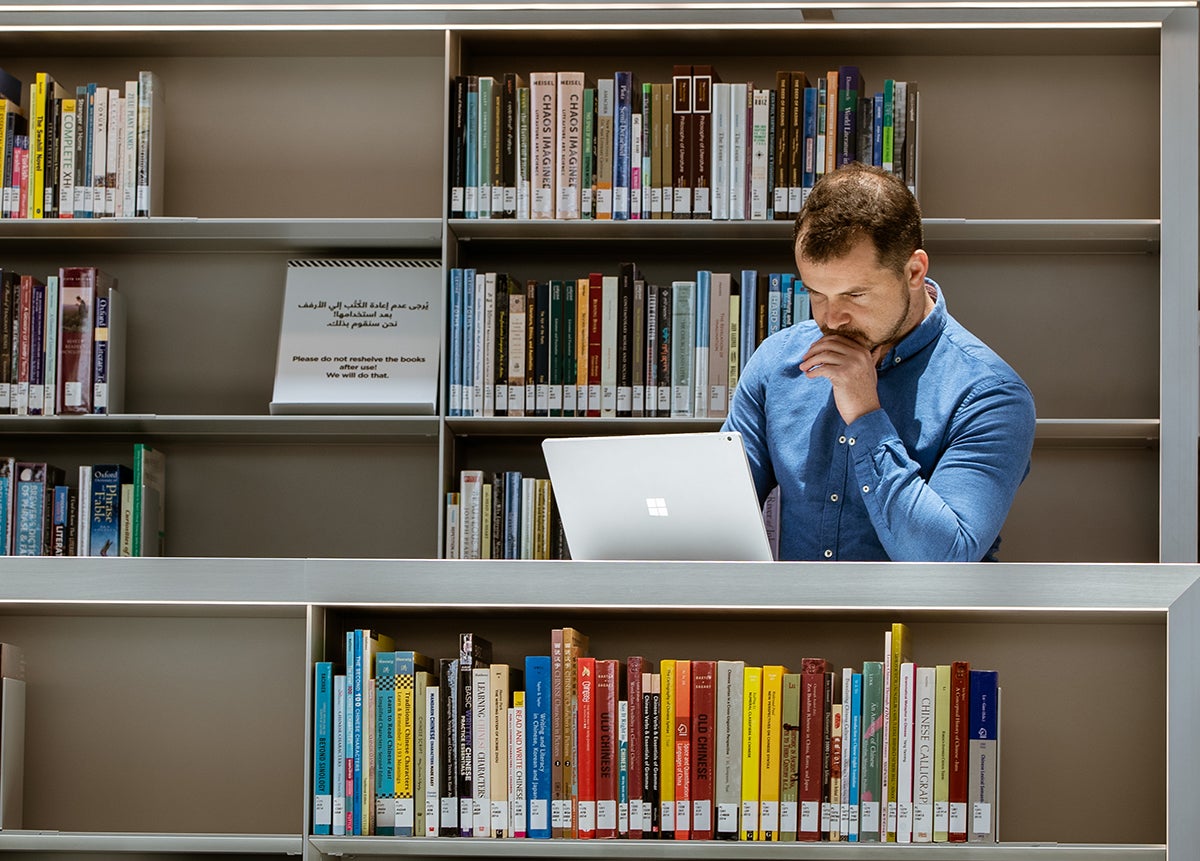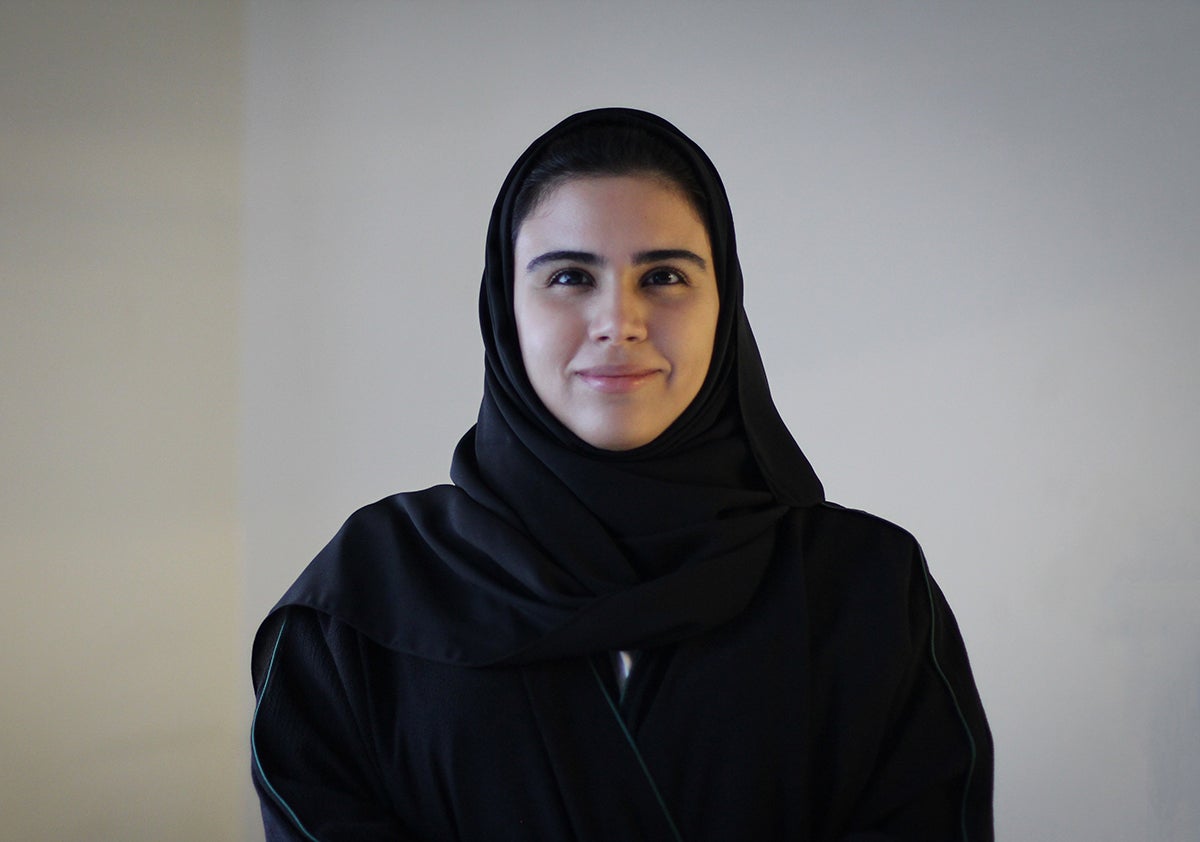The ongoing COVID-19 situation has seen a battle to combat fake news, as well as tackling the virus itself

Whenever a crisis arrives, you can be sure it will be quickly followed by a steady flow of false information.
The current coronavirus (COVID-19) situation is no exception. Indeed, the World Health Organization (WHO) even called the false information relating to COVID-19 an ‘infodemic’, a term they defined as “an over-abundance of information - some accurate and some not, making it hard for people to find trustworthy sources and reliable guidance when they need it.”
Fake news stories are usually created with the aim of being massively shared through social media to generate an income based on web traffic and related paid advertisements.
It should therefore come as no surprise that the fake news relating to COVID-19 has increased exponentially recently.
We witnessed an increase of posts by humans and internet bots (a software application that runs automated scripts over the internet), which spread confusion and misinformation in social media during these difficult times.
During such a pandemic, the general population will be looking for relief to reach a sense of security and have the situation under control. This attitude led to confusion and people started believing and sharing these false stories relating to miracle cures to treat the COVID-19. Every time they share such stories with their network and friends, it amplifies the effect of the fake news.
The volume of information circulating during COVID-19 has been huge and the impact on people who started believing the claims of new therapies, new drugs and folk medicine recipes to treat the virus, is real.
Fake news on health-related matters can be lethal, as in the case of the man who died after drinking fish tank cleaner to prevent the virus or the case of the 700 people who died in Iran after consuming high-concentrate alcohol believing false claims that it protects against the coronavirus.
The automatic detection of bots and fake news is an active research topic, especially within the artificial intelligence (AI) and Natural Language Processing (NLP) scientific community. Tools can reduce the extent of the problem without being able to stop it.
At the College of Humanities and Social Sciences, part of Hamad Bin Khalifa University (HBKU), we have a team working on fake news and bots detection and the Arabic Language Technologies team at HBKU’s Qatar Computing Research Institute created the TANBIH tool, a news aggregator based on AI to limit the effects of fake news.
Various fact-checking websites are also available to help reduce the impact of fake news. These websites are generally run by journalists and other volunteers such as https://www.factcheck.org/ or https://www.stopfake.org/.
Furthermore, fake news based on photo manipulation can easily be checked using tools such as Google Image Reverse Search to find the original photo for example. Some applications and websites such as https://www.buoyhealth.com/ implemented a chat-bot using AI techniques to provide accurate and trusted answers on the coronavirus based on protocols from the US Centers for Disease Control and Prevention to reduce the need for searching coronavirus-related information that may lead the user to non-accurate or false information.
Internet companies such as Twitter, Google, and Facebook have committed to spread only legitimate information on COVID-19 using fact-checking software based on AI techniques and algorithms to guess which sources are truthful, which accounts are bots, and which words are sensational.
One way these companies are trying to reduce the spread of the misinformation is by routing the users to trustworthy sources websites instead of those promoting misinformation.
Luckily, trusted official governmental sources and several healthcare centers are available on social media and they provide reliable and accurate information. These sources usually have verified social media accounts.
Internationally, the social media accounts of the World Health Organization and the Centers for Disease Control and those of similar organizations can be followed instead, to get accurate information relating to COVID-19.
Related News









